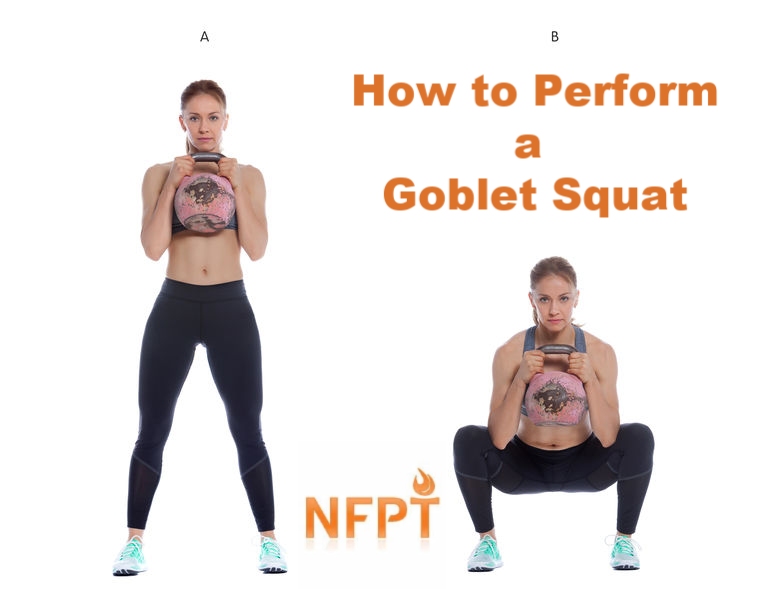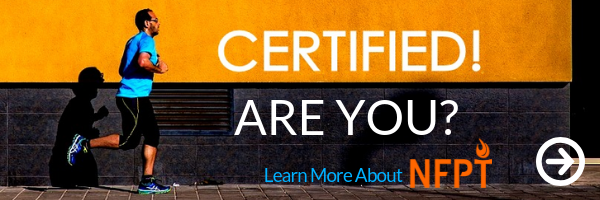
A Goblet Squat is a variation of a conventional squat that can be useful for most personal training clients, but especially those with certain limitations. While you can certainly skate by handing your client a pair of 20 lb dumbbells and telling her to perform three sets of 15 basic suitcase squats and just keep adding weight as she gets stronger, there is good reason to add variation to this staple movement.
Firstly, clients like new challenges (generally), and keeping things interesting will keep them engaged with you as their personal trainer.
But more than that, the physics of exercise dictates that different squat positions and variations with resistance forces acting on the body from different places certainly will have an impact on which muscles are emphasized. If your client has overactive quads and sleepy glutes, then programming squats that place slightly more emphasis on hip extension may serve that client better than squats that make the knees work harder.
via GIPHY
via GIPHY
Why the Goblet Squat?
The goblet squat is basically a variation of the front squat. Placing the weight resistance at the front of the body forces the torso to remain more upright than placing the resistance either on the back or along side the body. When the torso is more upright and the resistance is above the feet (as should be with all squats), the quads have to work a little harder, and the glutes and low back? Not so much.
Execution of a Goblet Squat
There are plenty of choices when it comes to the source of resistance: kettlebell (upside down or right side up), dumbbell (long ways or short ways), looped resistance band (under feet and held together by hands under chin), cable (holding ropes), or even a sandbag can be held at chest height.
- Elbows should flare out comfortably to the sides, while shoulders remain relaxed (not elevated).
- Choose a squat stance that allows the greatest depth for the client’s mobility; some individuals will find a wider stance, or slight foot turn out will permit more hip motion. (But continue to coach them into better hip and ankle mobility!).
- No matter the stance width and position, knees should still point in the same direction as the toes during movement.
- Take a breath in to engage the core muscles.
- Descend slowly into the squat holding the weight steady close to the chest, staying upright, and keeping attention on engaging the glutes (even if they aren’t the star player in this movement, they still need to work!)
- Concentrate on keeping the spine neutral and knees stable.
- Drive through the heels and exhale while ascending back to start, where an extra contraction of the glutes is always nice.
As always, monitor your clients’ form and make adjustments as necessary. It may help to improve confidence in this squat depth by starting with a ball-wall squat, where the ball will rest between the lumbar spine and the wall, and the client’s feet will start about one foot in front of the ball. As your client descends into the squat, cue them to keep knees above toes and send the hips under the ball to allow for full depth.
The Goblet Squat is only one useful variation of a squat. Experiment with foot position, loads, equipment, and line of resistance to keep your personal training clients progressing.
NFPT Certification offers many benefits that add value to your trainer bio and keeps money in your pocket! With the most affordable accredited program available and FREE CECs for the life of your certification…check out what NFPT has to offer!







